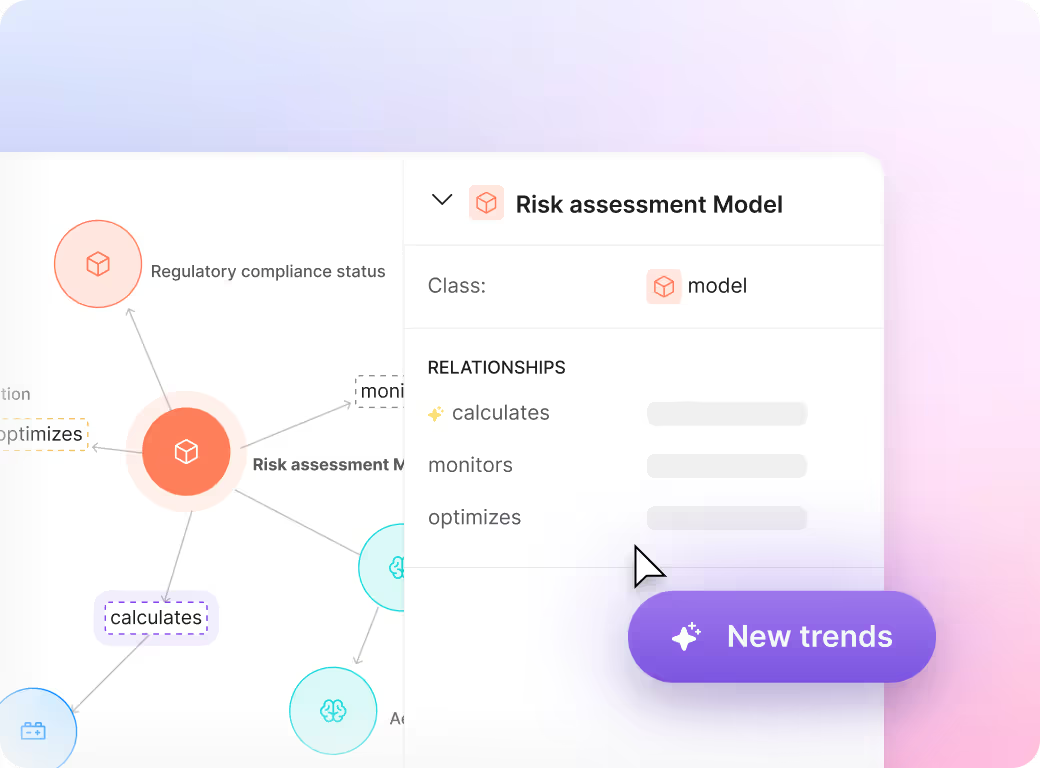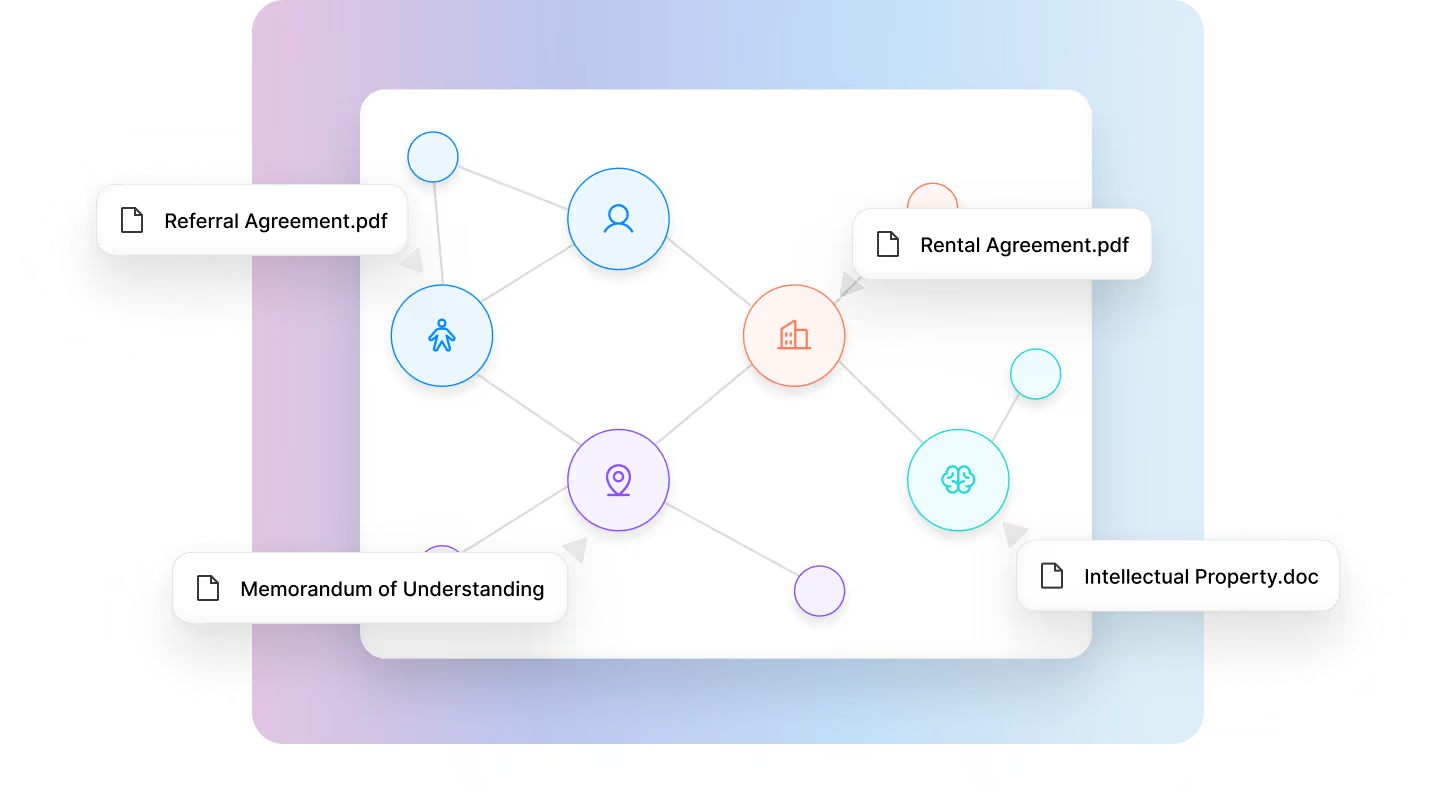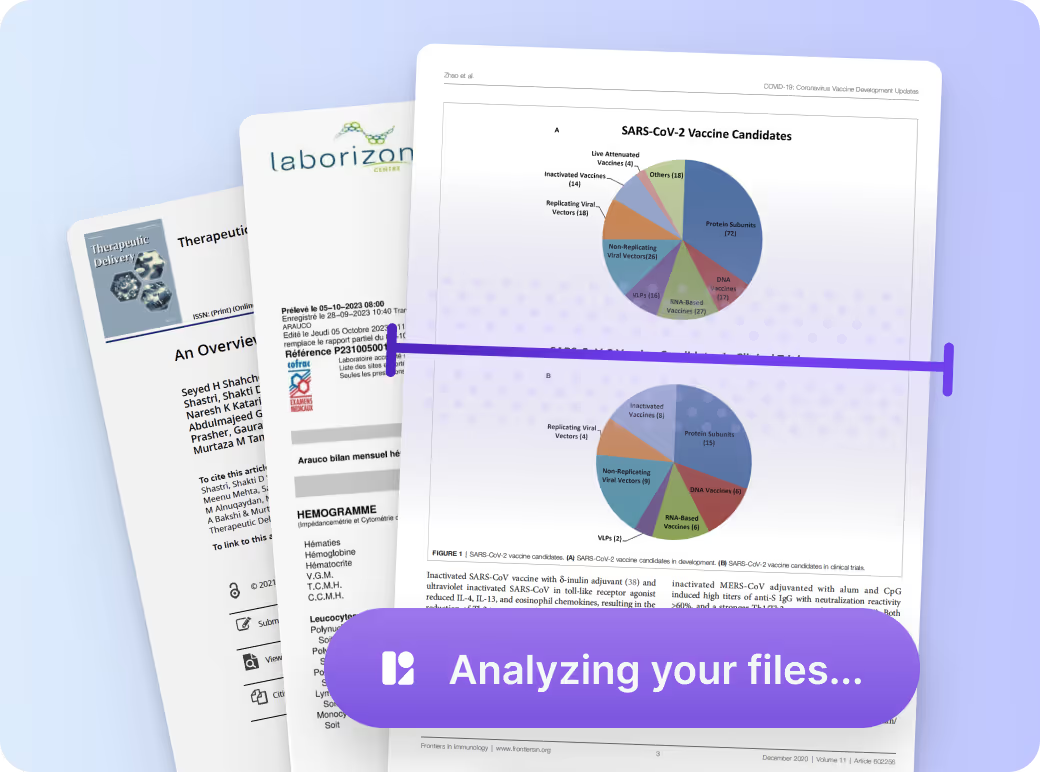4 min
What is Compliance Monitoring?
.png)
Compliance monitoring is the systematic process of ensuring that an organization adheres to internal policies, industry standards, and legal requirements. It relies on continuous observation, data analysis, and reporting to identify gaps or emerging risks. The purpose is to provide assurance that business activities align with applicable regulations while reducing exposure to fines, operational disruption, and reputational damage.
In highly regulated sectors such as insurance, finance, and legal services, compliance monitoring is a core operational function. It is essential not only to avoid penalties but also to maintain trust with clients, partners, and regulators. For example, a global insurer must ensure that every claim is processed in line with Solvency II and internal policies, while a bank must maintain AML compliance across millions of daily transactions.
TL;DR
Compliance monitoring ensures organizations follow both internal policies and external regulations. It reduces risk, prevents financial penalties, and reinforces trust with clients and regulators. Approaches range from traditional manual reviews to automated systems, risk-based frameworks, and continuous AI-driven monitoring. Across industries including finance, insurance, legal, and healthcare, compliance teams are increasingly leveraging advanced solutions such as Knowledge Studio powered by the Perseus model. Perseus enables faster detection of compliance risks, automates oversight of complex document workflows, and improves accuracy compared with general-purpose AI tools.
Why Compliance Monitoring Matters
The regulatory landscape is becoming increasingly complex and dynamic. Financial institutions face strict anti-money laundering obligations, insurers must adhere to solvency regulations, and law firms are accountable for GDPR compliance and data privacy standards. Healthcare providers and pharmaceutical companies must operate within overlapping frameworks such as HIPAA, FDA, and EMA regulations.
Without robust monitoring, organizations face operational disruptions, financial penalties, and erosion of client trust. Conversely, structured compliance monitoring allows organizations to detect risks early, maintain operational continuity, and streamline audit processes. For multinational firms, this capability can provide a tangible competitive advantage by ensuring that regulatory obligations are met consistently across regions and business units.
Core Approaches to Compliance Monitoring
.png)
Manual Monitoring
Historically, compliance relied on manual processes including audits, checklists, and spreadsheet-based tracking. While sufficient for small-scale operations, manual monitoring is slow, error-prone, and difficult to scale in organizations managing thousands of transactions, contracts, or claims.
Automated Monitoring Tools
Modern digital platforms automate routine compliance tasks. These tools can monitor transactions, flag anomalies, and generate real-time reports, reducing human error and accelerating regulatory reporting. Automated systems are widely used by financial institutions to screen transactions for suspicious activity or by insurers to verify claims processing against regulatory frameworks.
Risk-Based Monitoring
Risk-based monitoring prioritizes oversight in areas with the greatest potential impact. For example, an insurer might dedicate more resources to monitoring high-value claims or complex policy portfolios, while a bank could focus on clients and transactions deemed higher risk under AML frameworks. This approach ensures that compliance resources are applied where they can most effectively prevent violations.
Continuous AI-Driven Monitoring
Continuous monitoring leverages artificial intelligence, natural language processing, and graph-based analytics to provide real-time visibility into compliance risks. Advanced systems can process unstructured documents, extract critical entities, and identify relationships across complex workflows. By doing so, they enable compliance teams to respond proactively rather than reactively. Knowledge Studio, powered by the Perseus model, exemplifies this approach. Perseus structures large volumes of unstructured content into knowledge graphs, allowing teams to track obligations, detect inconsistencies, and maintain traceable audit trails.
Examples by Industry

Finance
In finance, banks use compliance monitoring to detect suspicious transactions, manage AML and KYC requirements, and produce audit-ready reports. AI-enhanced tools allow institutions to analyze patterns across millions of records, identify outliers, and generate alerts in real time, significantly reducing false positives compared with manual reviews.
In insurance, monitoring ensures that claims are processed in accordance with policy terms and regulatory requirements. AI-driven analysis can detect potentially fraudulent claims, flag deviations in settlement practices, and maintain documentation for regulatory audits.

Legal
Legal firms, particularly those operating internationally, face the challenge of monitoring thousands of contracts with jurisdiction-specific obligations. Knowledge Studio with Perseus can automatically identify clauses relating to dispute resolution, data privacy, or compliance deadlines, enabling firms to complete due diligence faster and reduce exposure to fines or litigation.

Healthcare
In healthcare, hospitals and pharmaceutical companies rely on compliance monitoring to align with HIPAA, FDA, and EMA standards. AI-powered platforms can detect inconsistencies in clinical trial documentation, monitor patient data privacy practices, and ensure adherence to research protocols, mitigating risks that could delay approvals or lead to regulatory penalties.
How Technology Strengthens Compliance Monitoring
Advanced technologies such as natural language processing and knowledge graph-based AI transform traditional compliance monitoring. Perseus excels at interpreting unstructured data, identifying key entities, and mapping relationships across thousands of documents. Unlike general-purpose AI models, it has been fine-tuned for compliance-specific workflows, improving accuracy and providing results that are explainable and auditable.
This capability allows organizations to monitor obligations continuously, detect potential violations before they escalate, and automate reporting tasks. For compliance teams managing complex portfolios of contracts, claims, or regulatory filings, the combination of Knowledge Studio and Perseus can reduce manual workloads, accelerate decision-making, and ensure that critical obligations are never overlooked.
Conclusion
Compliance monitoring is a critical function in regulated industries, ranging from manual reviews to fully automated AI-driven oversight. Across finance, insurance, legal, and healthcare sectors, effective monitoring reduces operational risk, ensures regulatory alignment, and strengthens stakeholder trust.
Solutions such as Knowledge Studio with the Perseus model illustrate how purpose-built technology can elevate compliance monitoring. By converting unstructured content into structured knowledge, providing explainable insights, and automating routine tasks, Perseus enables organizations to stay ahead of regulatory requirements while reducing complexity and operational burden.
Frequently Asked Questions
Yes. Lettria’s platform including Perseus is API-first, so we support over 50 native connectors and workflow automation tools (like Power Automate, web hooks etc,). We provide the speedy embedding of document intelligence into current compliance, audit, and risk management systems without disrupting existing processes or requiring extensive IT overhaul.
It dramatically reduces time spent on manual document parsing and risk identification by automating ontology building and semantic reasoning across large document sets. It can process an entire RFP answer in a few seconds, highlighting all compliant and non-compliant sections against one or multiple regulations, guidelines, or policies. This helps you quickly identify risks and ensure full compliance without manual review delays.
Lettria focuses on document intelligence for compliance, one of the hardest and most complex untapped challenges in the field. To tackle this, Lettria uses a unique graph-based text-to-graph generation model that is 30% more accurate and runs 400x faster than popular LLMs for parsing complex, multimodal compliance documents. It preserves document layout features like tables and diagrams as well as semantic relationships, enabling precise extraction and understanding of compliance content.


.png)

.png)
.jpg)
.jpg)
.png)